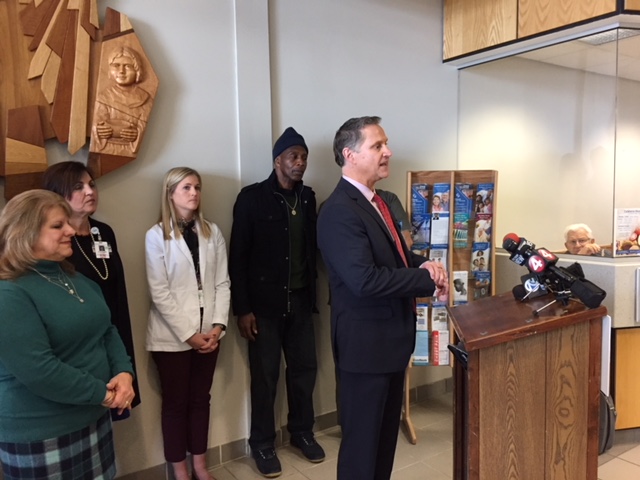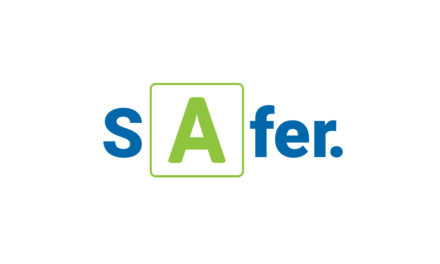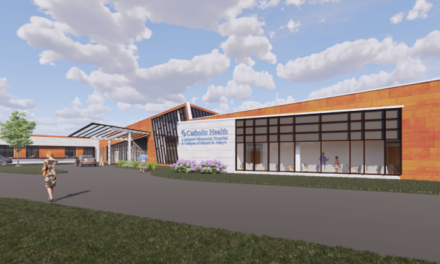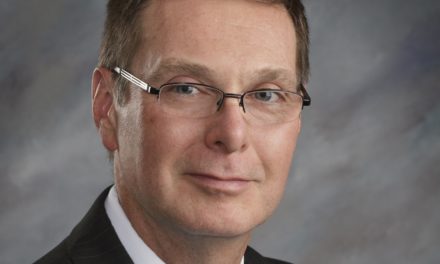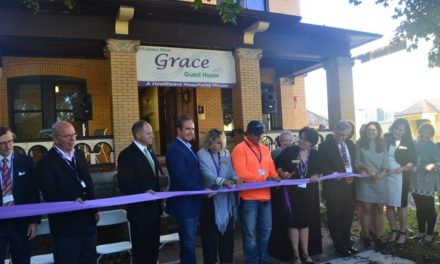Advanced Training in Stroke Care Saves Buffalo Man at Mount St. Mary’s Hospital
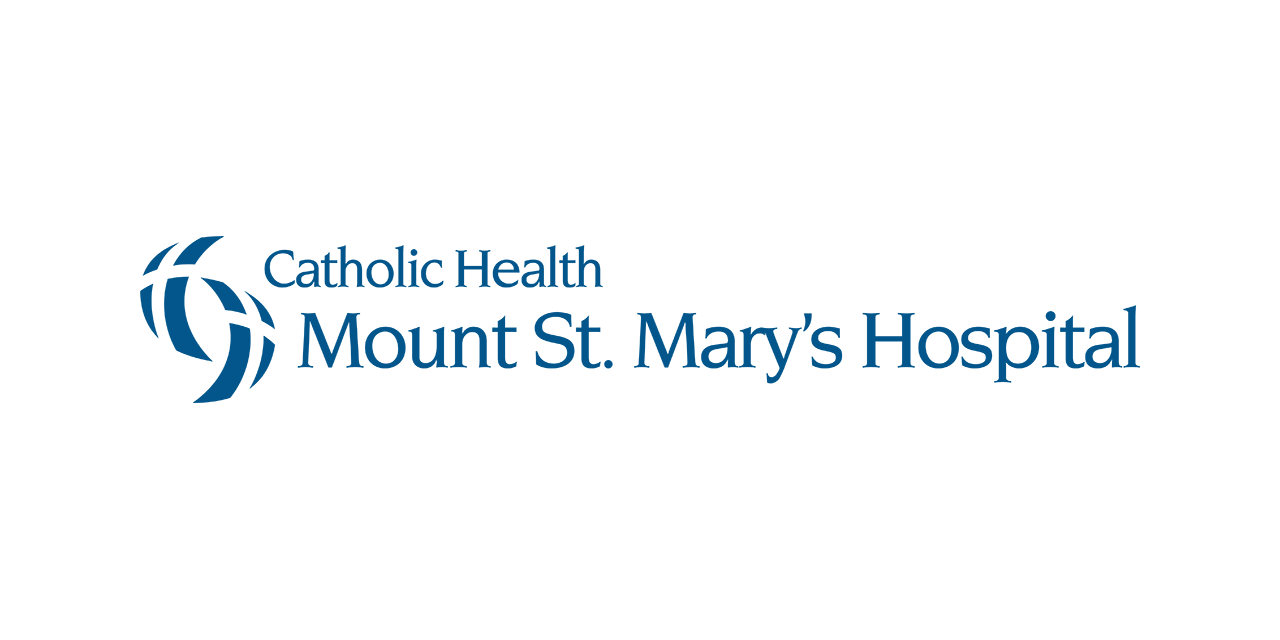
It was a relatively normal day for Buffalo resident Kenneth Lidge as he was nearing the Niagara Falls Airport as a passenger on an Allegiant Airlines flight coming from Tampa, FL, to Niagara Falls.
Mr. Lidge was relaxing in his seat as he returned to Western New York from a cruise.
Allegiant Flight Attendant Neil Clements, however, noticed that something wasn’t right. He saw that Mr. Lidge was displaying a sudden onset of symptoms of a stroke. He put his training into action and notified emergency personnel to meet the plane upon its arrival.
Soon after, Mr. Lidge was being transported in an ambulance to Mount St. Mary’s Hospital.
Mr. Lidge was indeed having an ischemic stroke and that fortunately for him, the Mount St. Mary’s Emergency Department and the emergency crew from Tri-Community Ambulance that was transporting him, had done extensive planning and training for just such an emergency situation.
While en route to the hospital, as per the pre-notification requirements, the ambulance crew pre-notified the Mount St. Mary’s Emergency Department and the doctors on duty directed the advance care. As a New York State Designated Stroke Center, Mount St. Mary’s was prepared.
Because of the pre-notification, the Tri-Community crew of Crew of Fred Ohlson, Lily Hermanson and Kenneth Black was met at the hospital ambulance bay by emergency department physician Dr. Syed Bukhari. After a quick assessment, Dr. Bukhari immediately sent Mr. Lidge on the EMS stretcher for a CT Scan, which is best practice in addressing a stroke.
Following the results of the CT Scan, the next steps in the diagnosis and treatment went into effect and it was determined that Mr. Lidge would benefit from the drug Alteplase (tPA), a drug that helps stroke patients if delivered within three hours of the onset of symptoms. Because of the work done during his transport, he received the drug within 91 minutes of the onset of symptoms and only 44 minutes after arriving at Mount St. Mary’s.
Because of possible endovascular treatment, Mr. Lidge was transported to Catholic Health’s Mercy Hospital of Buffalo which is a Comprehensive Stroke Center.
Today, he has no residual symptoms.
“This is a great story and all involved should be proud,” said Dr. Gregory Sambuchi, Neurologist, and head of the Stroke Treatment Team at Mount St. Mary’s. “This patient’s future has been changed for the better due to the involvement of a lot of team players who all were properly trained on what to and implemented the training perfectly.”
“The awareness by the flight attendant was also critical,” Dr. Sambuchi said. “Because of his alertness and being proactive in recognizing his passenger was having difficulties, we all were able to implement our training in a timely manner.
“This is a good example of someone being aware of the signs of a stroke leading to a patient obtaining critical time-sensitive treatment which likely helped him to fully recover,” said Neurologist Dr. Kenneth Halliwell, who was the Neurologist on duty. “Once Mr. Lidge was in the ER, Dr. Bukhari quickly came to the correct diagnosis and delivered therapy.”



